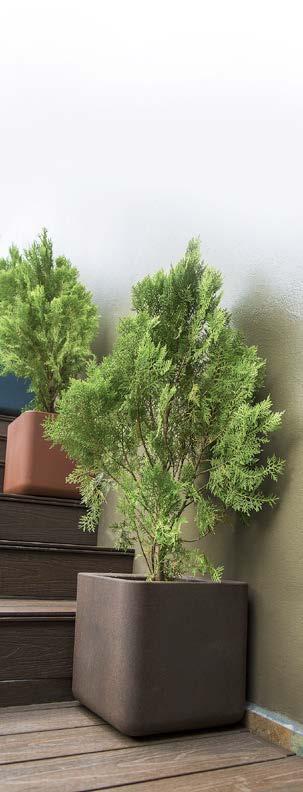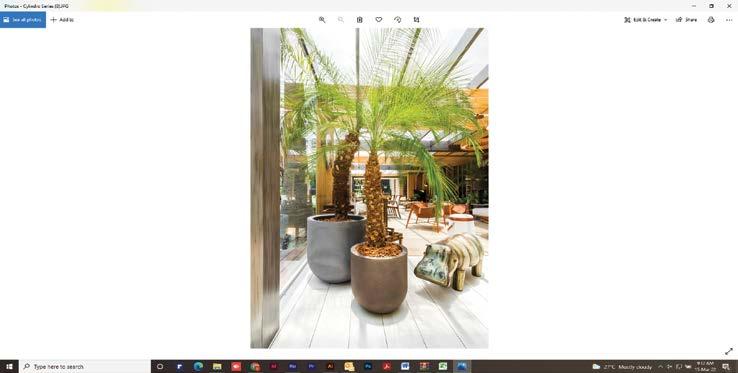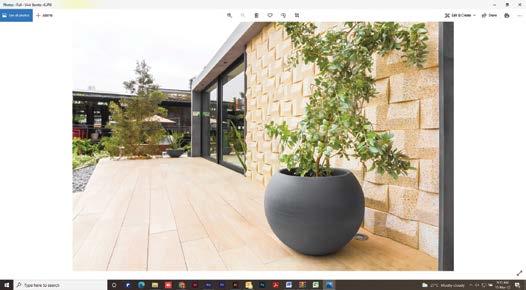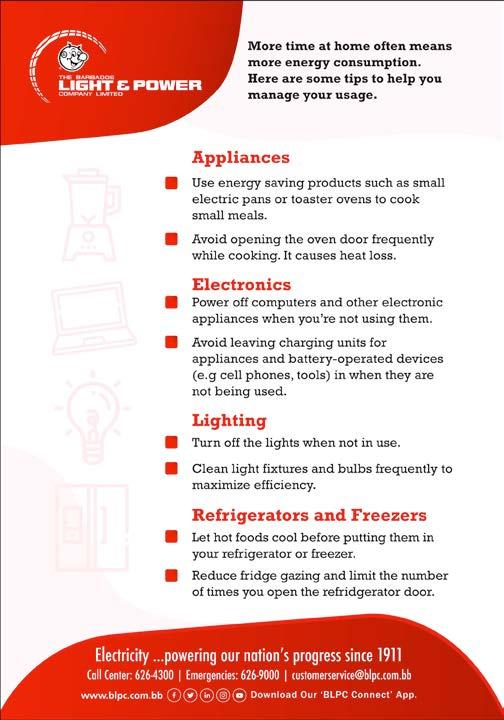
6 minute read
INSURANCE COVER AVAILABLE FOR HURRICANE SEASON
Over many years, we accumulate property. Some property is in the form of real estate, your house or business, and other property is in the form of movable items which we refer to as contents. If we think about having to replace any of these from one single disaster, we will quickly realise that most of us cannot. A building (business or house) is one of your most valuable assets. The financial and emotional devastation associated with the loss of property is incomprehensible.
What Can We Do?
Especially in these tough economic times, to protect what we have, we can purchase insurance. Property insurance may cover the cost to rebuild or repair the house or business and replace the contents. It is best to insure your house or business for the replacement cost.
The premium for insurance, when you consider the loss of your possession(s), is a small price to pay.
What Does Property Insurance Cover?
The cover under a property insurance policy may include, but is not limited to, damage because of:
• Fire
• Hurricane, windstorm, and sea wave
• Flood
• Fallen trees
• Landslip, subsidence, or ground heave
• Lightning and explosion
• Earthquakes and volcanic eruption
• Expenses associated with having to rent alternative accommodation if the house becomes uninhabitable after a disaster.
What Is Included Under Property?
The structure(s) may include:
• Main buildings
• Out buildings
• Annexes
• Guard walls
• Gates and fences
• Solar Panels
• Solar PV Systems
At the request of the policyholder, cover for contents only (personal or business) may be obtained. For example, if you rent an unfurnished apartment, items of furnishing, clothing, etc. you bring to the property you will want to keep safe and secured.
Are Wooden Houses Insurable?
Insurance is readily available and affordable from GIAB member companies for concrete, wood and concrete and wooden properties. Not all are eligible for catastrophe cover, so it is best that you speak with your insurance company for guidance.
What is Excluded?
Insurance policies contain information on what cover is offered by an insurance company as well as what is not covered. What is not covered is called an ‘exclusion.’
Some of the exclusions are:
• Normal, everyday wear and tear
• Leaving the property unoccupied for over a specified number of days
What are Deductibles?
A deductible is an amount of money that you are responsible for paying towards an insured loss. A deductible may be a fixed amount or a percentage. The percentage, which is usually for catastrophe losses is typically 2% of your sum insured.
What is Underinsurance?
Underinsurance is insuring your property (house, contents, or business) for less than what it would be to replace it.
What Happens If I Am Underinsured?
If you are underinsured, that is the equivalent of stating that you will be responsible for the difference between the total rebuilding cost and your sum insured.
Example: Property valued at $500,000. Insured for $250,000.
Insurance company - $250,000
You - $250,000
$500,000
If there is a total loss of the property, the insurance company will pay you $250,000 less any deductibles.
If there is a partial loss of $30,000 you and your insurance company will share that loss 50/50 as per amounts above.
Insurance company will pay - $15,000 - less any deductibles
You will pay towards your loss - $15,000 ----------
00$30,0
The sooner businesses and persons can recover financially after a disaster, the better countries have been able to rebound and return to normalcy.
Acquiring insurance coverage is one way of helping to quickly return to normalcy.
Contributed by the General Insurance Association of Barbados (Inc.)
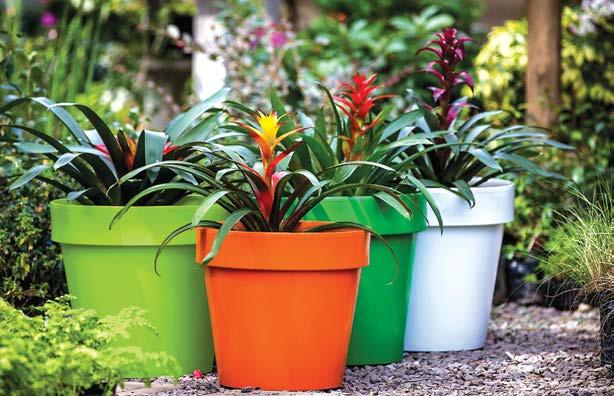
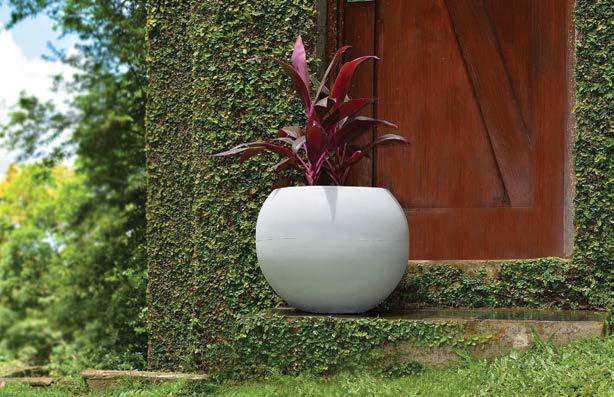
by Dominique Toppin
Have you ever been walking or driving down a street where one home jumped out so much that you had to take another look? That is the power of curb appeal and what an attractive landscape can do.
The look of your lawn and garden has the power to make lasting impressions but it takes time and effort. For many homeowners, there is a struggle to maintain the look of their curb as planting, trimming and pruning of plants can conflict with their busy lives. However, the art of landscaping does not require such a large sacrifice. With simple tips and upkeep, tailoring your home’s exterior can be made easy and provide the chance to create a space that reflects your personality and needs.
While the cost of landscaping may be worrisome, these ideas below are considered costeffective but still add a new level of flair to the surroundings of your home.
Take your pick from some of these great landscaping tips you can use to make your garden look more appealing:
Make it cosy
There is nothing like sitting down in a nice, quiet spot in your garden to while away the hours. If you have ample space, you can bring your imaginative thoughts to reality and set up an appealing garden where you can enjoy a new measure of comfort while surrounded by the appeal of nature.
Add flowers
Flowers in a variety of colours, shapes and sizes can bring a new, refreshing appeal to your landscape. These bright statements surrounding the home create a new visual appeal and do not require an investment to break the bank. Take the time to carefully examine your area and choose a spot that would best suit your flower arrangement. To add a bit of extra flair, you can also add a border with bricks or rocks.
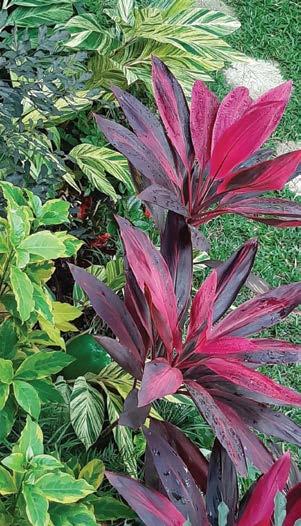
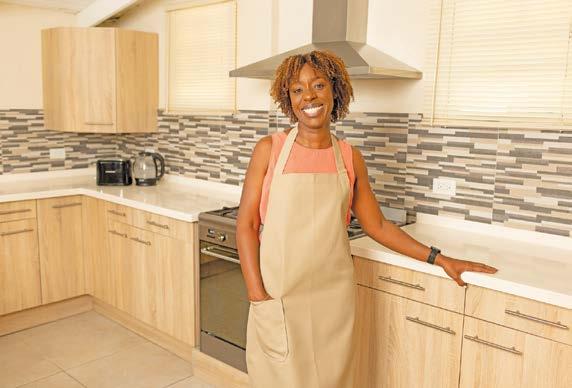
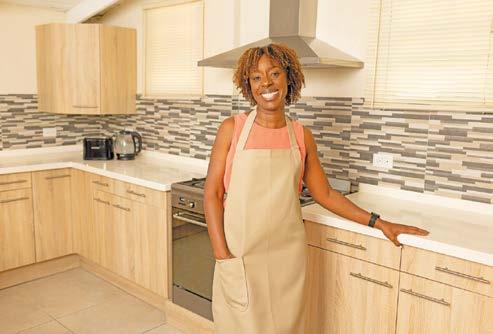
Create a walkway
Paths are a useful addition to any garden, both for getting around and for the visual effect they contribute. An exciting path or walkway can work wonders for the landscape of your home. Just imagine the feeling like your experience of walking into your home is exotic and adventurous. With unique coloured tiles with various textures and patterns, this new look and appeal can be achievable
Don’t forget lighting
Lights are a great addition to your yard and can offer several advantages such as improving visibility along the garden paths or adding aesthetic appeal. The right kind of lights can enhance the nighttime ambience of your garden and make it feel homier. As an added bonus, lights can drastically improve outdoor security and help you be more secure at night. One of the most common lighting installations comes in a series of small bulbs placed on the ground on each side of your driveway. You have plenty of more creative options, too, like string lights and colourful LED arrangements.
Add a fence
The white picket fence is a classic staple of home design and landscape. However, as homes become a bit more modernised, fences come in a variety of creative shapes and materials from wood and stone. This added visual appeal not only increases attractiveness but also provides an added degree of privacy.
Consider a fountain
Personal touches to your outdoors are a great way to make your garden stand out. One landscaping idea for the backyard you can try is adding a fountain as it can add character to your garden’s aesthetics and draw the eye. Another bonus is the calming and soothing nature of water flowing, which can work wonders to relax the nerves and relieve stress.
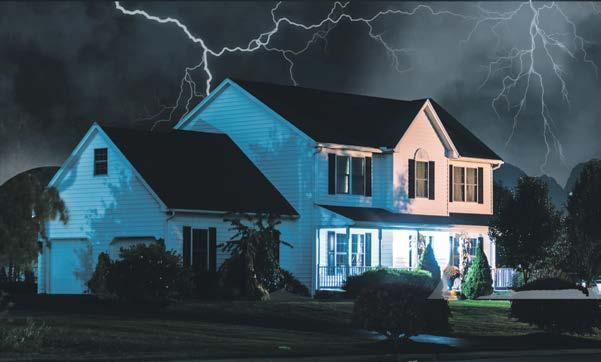
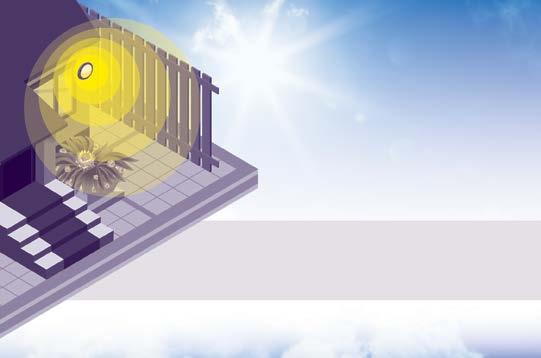
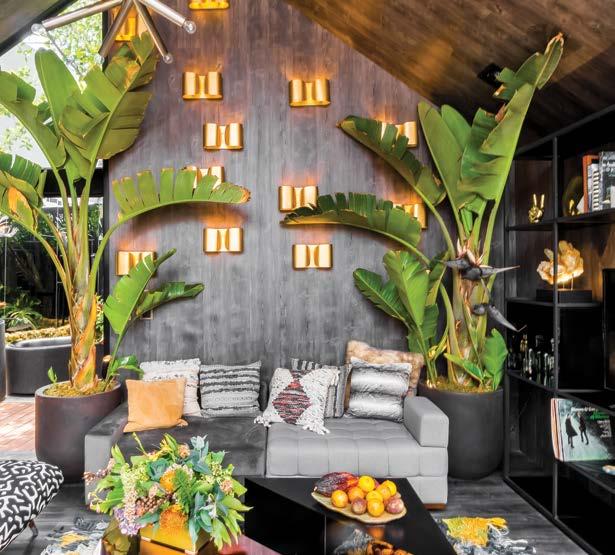
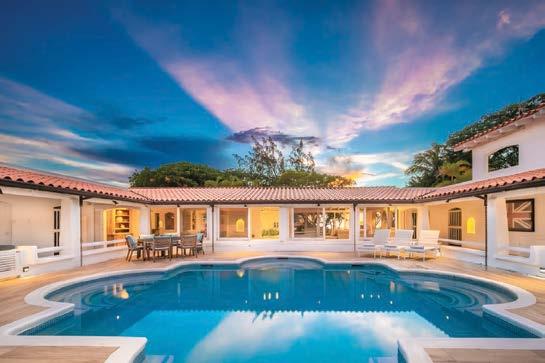
Many people are of the mindset that going green might be too much effort or too expensive to revamp their lives to make any real difference. Thankfully, that is certainly not the case. As a matter of fact, going green in many areas of your life can not only save you money but make you money.
The 21st century has gifted us with the ability to recycle nearly every waste product that our lives accumulate. Whether you’re composting your food waste, recycling paper, card, and boxes, or returning bottles (glass and plastic), it is possible to recuperate some of the money spent on the items being recycled, reclaimed, repurposed, or whatever creative way you find to minimise waste.
Spending now on adding solar panels to your home means you’ll be putting power back into the Barbados electric grid and, depending on how many panels you tip your house’s hat with, you could be getting a cheque every month.
Adding flora around your house can decrease your need for AC use, having open planned living areas increases the flow of air, and, of course, monitoring your energy use are the best ways to get a little greener in the 21st century.
Energy Conservationless unnecessary output means less unnecessary expense.
Solar
Roof space is usually underutilised, installing some high-density solar panels and converting power usage means spending less on external costs.
Compact fluorescent bulbs or LEDs
Office lighting can account for up to 44 per cent of power use. Swapping out old office lighting with energy star-rated bulbs can reduce unnecessary overheads.
Natural light when possible
Large windows not only allow for natural light to flow through but they also add appeal to architecture and improve the work atmosphere for employees.
Invest in energy-star-rated computers, printers, copiers etc.
It doesn’t take much time to research products before purchase. When restocking or reshaping the office, look into the energy efficiency of all electronic devices.
Use energy-star-rated power bars
Surge protectors and power strips can help control and reduce the energy output of office outlets.
Off when out of use
Lights, computers, power strips and other peripherals should be off if out of use for more than 10 minutes.
Use power management/ energy-saving schemes for equipment
Computers and printing modules usually have powersaving settings. Enabling these settings adds up in the long run.
Energy-star-rated climate control
Central cooling units are not among the cheapest entities to maintain. When investing in climate control, look for the most ecologically sensible option.
Living plants can act as filters and freshen up the workspace
Bringing a little flora into the office not only serves as an attractive decoration, but plants take in and filter CO2 and help in freshening the air contributing to workflow.
